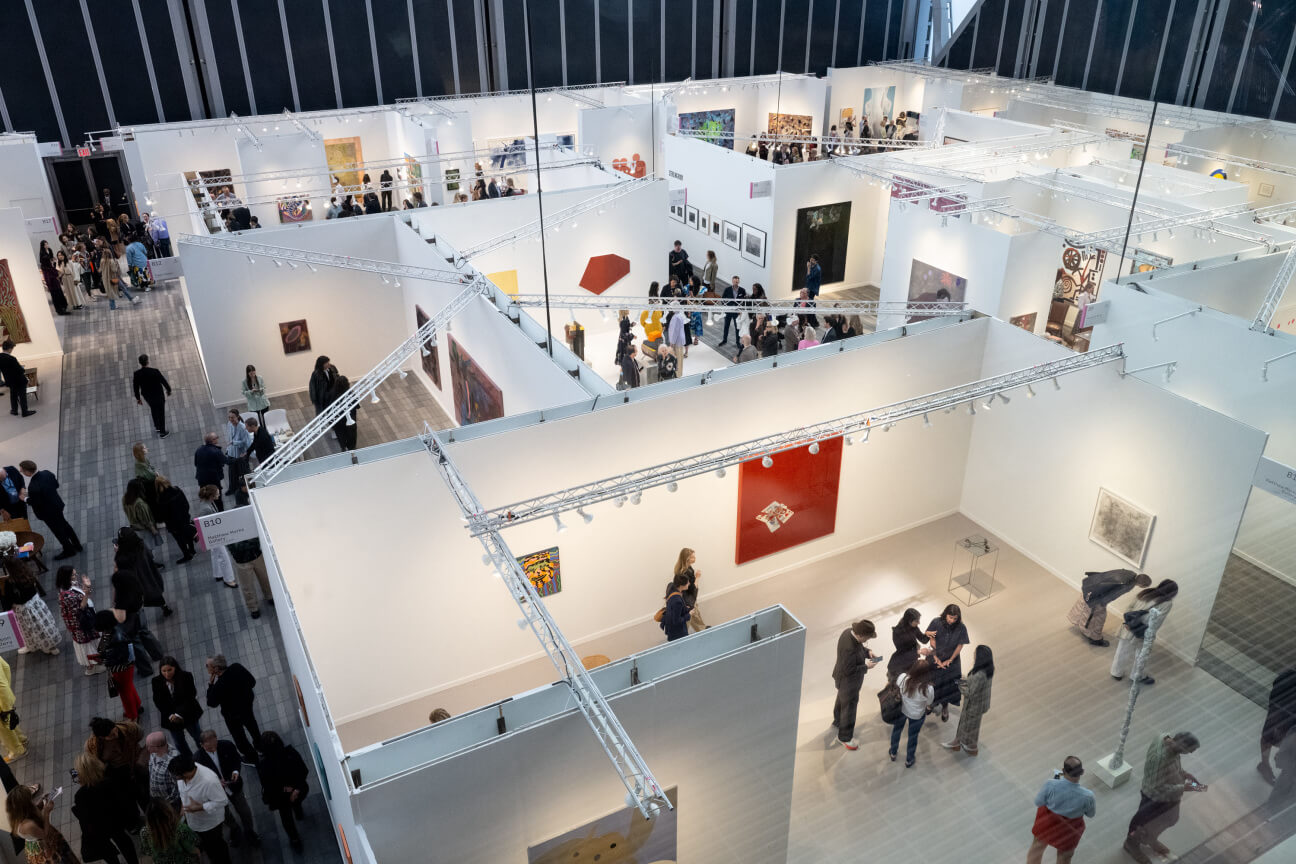
Figuring out how much a work of contemporary art is worth is a complicated business, even in the best of times. Art dealers must take into account many factors, including: Has the artist had museum shows? Is the work large or small? What did it cost to make? Are reputable collectors buying the artist’s work?
These are not, however, the best of times. The art market is down from its frothy pandemic-era highs: The latest Art Basel/UBS Art Market report found that the global art trade contracted by 12 percent in 2024, continuing a slide from 2023. And that was before financial markets plummeted amid Donald Trump’s trade wars.
In most conventional markets, this kind of contraction and volatility would drive prices down. But in the ever-counterintuitive art market, prices tend to move only in one direction: up.
“It’s very hard to decrease prices because in a financialized market, decreasing prices implies decreased value,” explains the New York-based art advisor Heather Flow. In other words, market players would rather see their work go unsold than recalibrate the cost downward.
This has created a problem for collectors like Jeff Magid (a member of CULTURED’s Young Collectors class of 2022) who believe the future of the art market depends on its ability to attract new buyers. In a March Instagram reel titled “Art prices are too damn high,” an echo of New York’s fringe The Rent Is Too Damn High political party, he asked: “How can anyone get into buying art if the entry level for someone with no CV is tens of thousands of dollars?”
The next test of the contemporary art market arrives this week, when Frieze New York and its accompanying satellite fairs open to the public. On May 7, the Shed will open its doors to VIPs and 65 international dealers will vie for their attention. Like on a spring day in New York, it’s anyone’s guess exactly what the temperature will be.
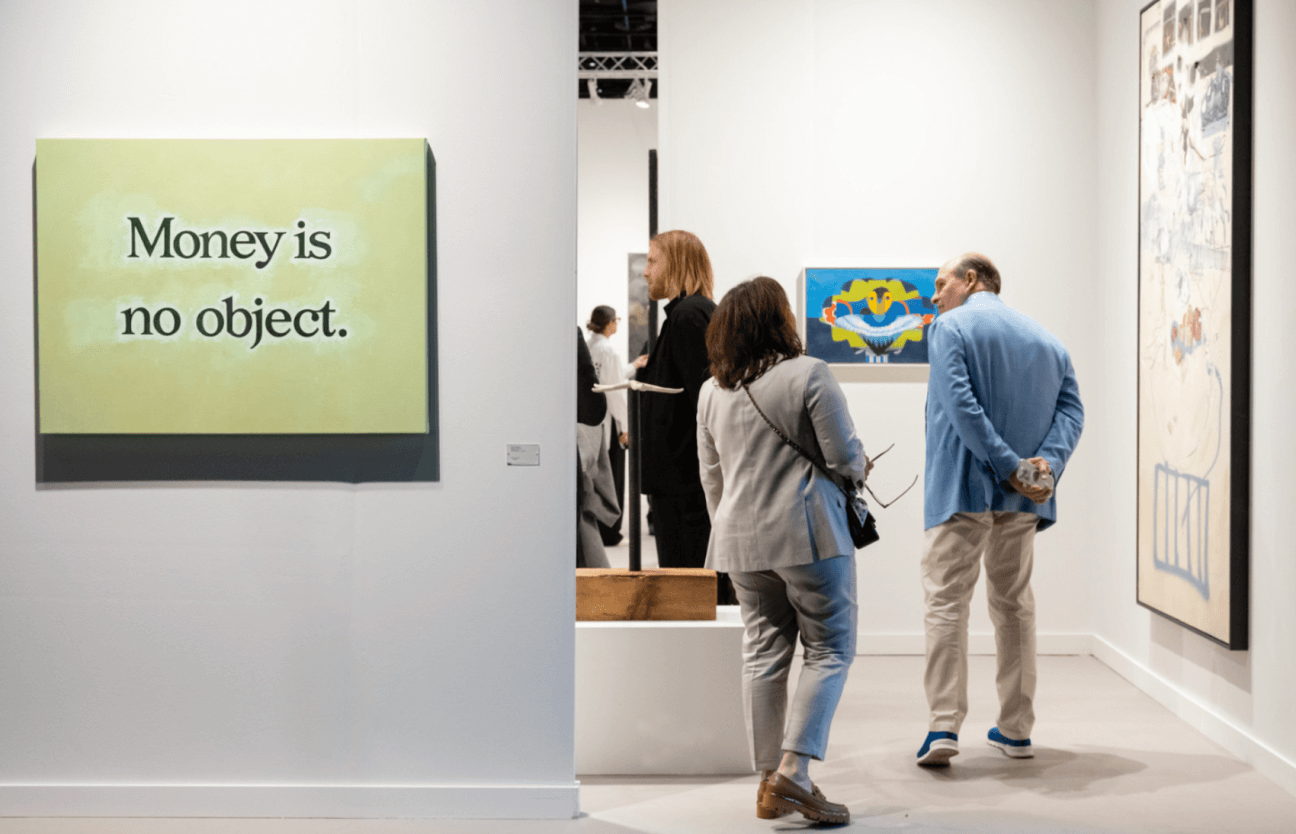
“Even a decade ago, it was typical for the inaugural exhibition of an MFA grad to be priced conservatively with large paintings occasionally reaching $10,000,” said Dallas art advisor Adam Green. “Prices gradually climbed in recent years, but really accelerated coming out of Covid with some works by new graduates debuting at $20,000 to $25,000.”
Magid agrees, adding that artworks that used to cost $25,000 are now $200,000. He acknowledges that the cost of living (not to mention the cost of art school) has increased dramatically—but he doesn’t think this kind of price inflation is good for anyone. “Too many gallery shows are priced at a level that’s not only too high for buyers but also unsustainable for the artist,” he says. “I’ve watched this destroy the careers of artists I know and love.”
In fact, artists often have to go to great lengths to right-size their markets, according to Green. “Historically, the way to lower prices is for the artist to leave their gallery and restart with another gallery at a lower price point,” he says. (Green notes that collectors who are deeply committed to an artist’s work are likely the only demographic that would be open to downward adjustments, even though it might seem to lessen the value of what they already own.)
But who is to blame for climbing art prices? It depends on who you ask. Collectors themselves can be unpredictable, making pricing more an art than a science. “A beautiful, small, modestly priced piece that you would assume would be the first thing to go might not sell, but the crazy, large installation might sell,” one art advisor says about gallery shows right now.
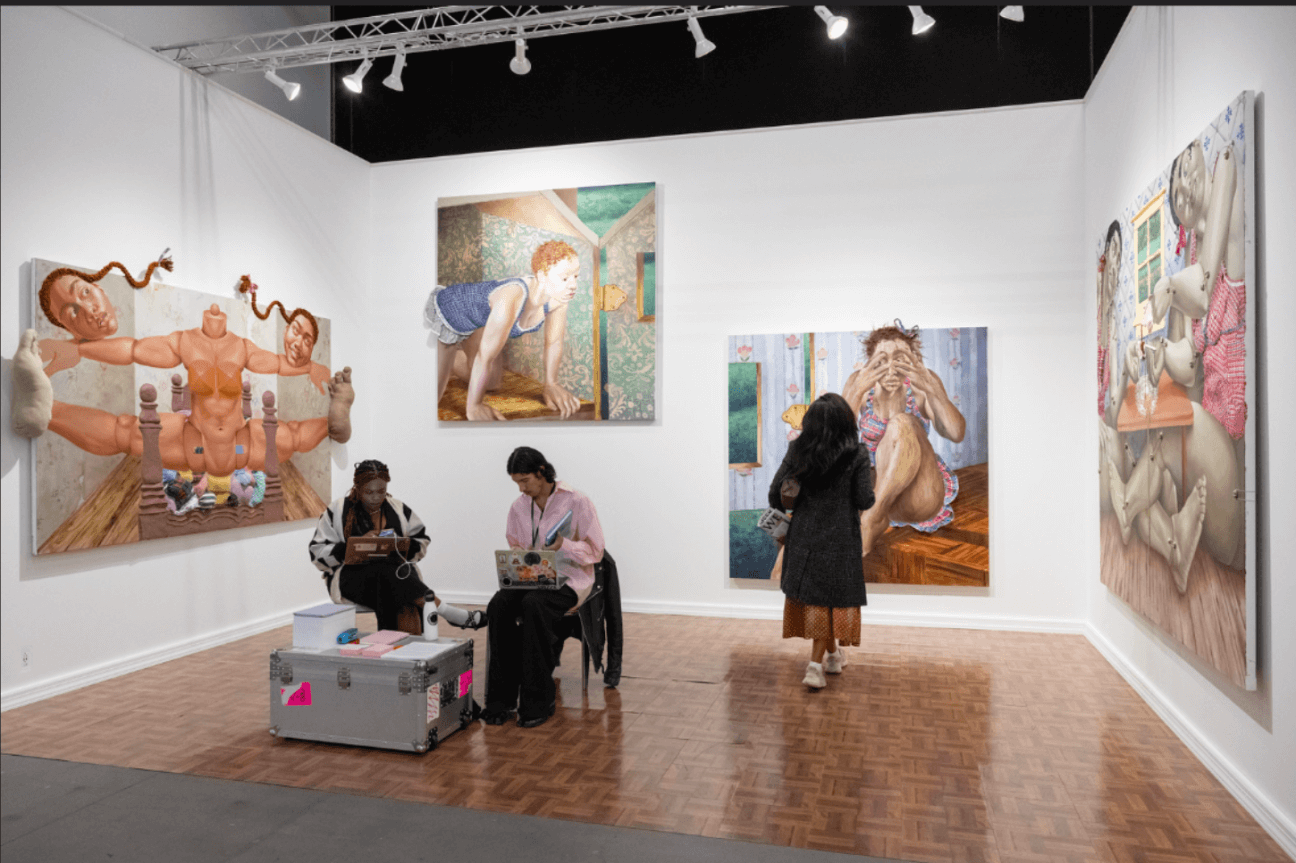
Massimo De Carlo might seem like just the kind of gallery that could come in for criticism; the gallery has showrooms in Milan, London, Hong Kong, Paris, and Seoul, and shows pricey art stars like Maurizio Cattelan, Jamian Juliano-Villani, and Matthew Wong, but gallery partner Ludovica Barbieri isn’t hearing it.
“We are very supportive of the artists, and we still work with the same artists since the gallery opened in 1987,” she said. “Maybe because we have a European attitude, we are very careful in increasing prices with no reason.”
She’s inclined to lay the blame at the foot of auctioneers. “Maybe I’m wrong but I think every time you see an artist’s prices going up quickly it’s because speculators are selling it at auction and getting a good result, and then galleries follow the auction results. It’s never the other way around.”
Others say the broader system is to blame. “I’m just trying to give my clients a fair price and give the artist enough money to live on and pay myself enough to keep the business open,” says dealer Kate Werble.
“Everything has been so up and down, it’s really confusing,” says Ellie Rines, owner of New York’s 56 Henry gallery, who recently invested in a second showroom on the Lower East Side. She, too, isn’t so sure it’s dealers who are ruining the market (though it should be said Magid professes to be a fan of Rines). “It’s the art fairs that are destroying art galleries,” she says. These events are generally seen as obligatory, since they bring together global buyers and can concentrate demand. But if a smaller dealer shells out tens of thousands of dollars on expenses like booth fees, shipping, and lodging and then doesn’t sell enough, it can be financially ruinous.
Amid all these ups and downs, however, some things stay the same. “There are still artists coming from good graduate schools,” says the anonymous advisor, “who are selling their work for under $10,000 and working at bars—just the way it always has been.”

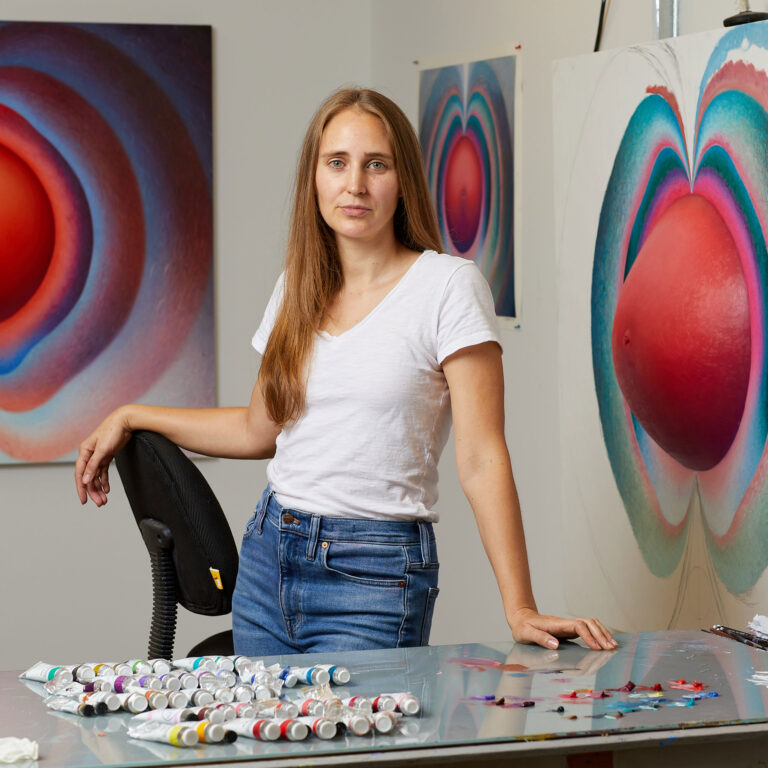
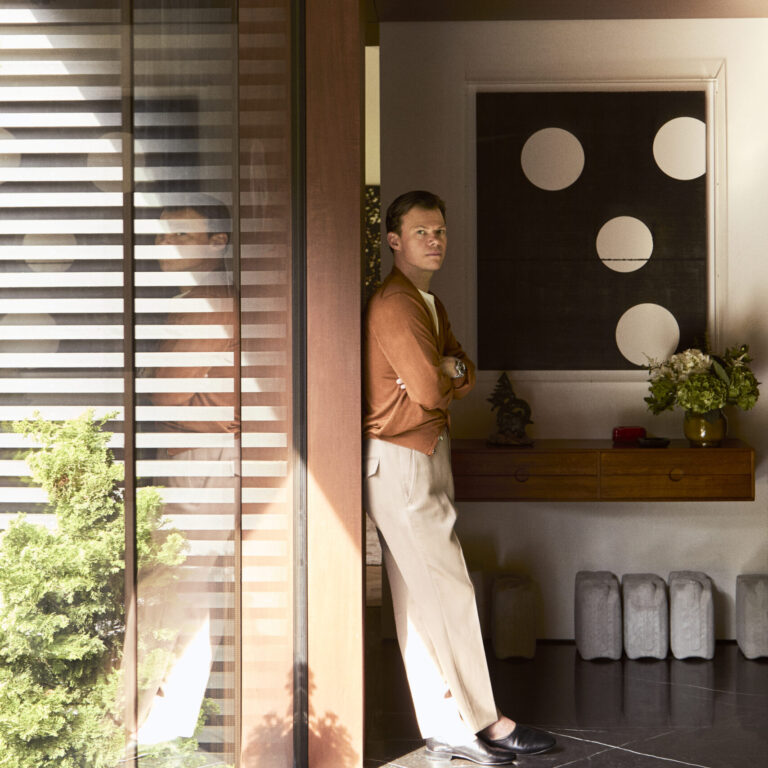





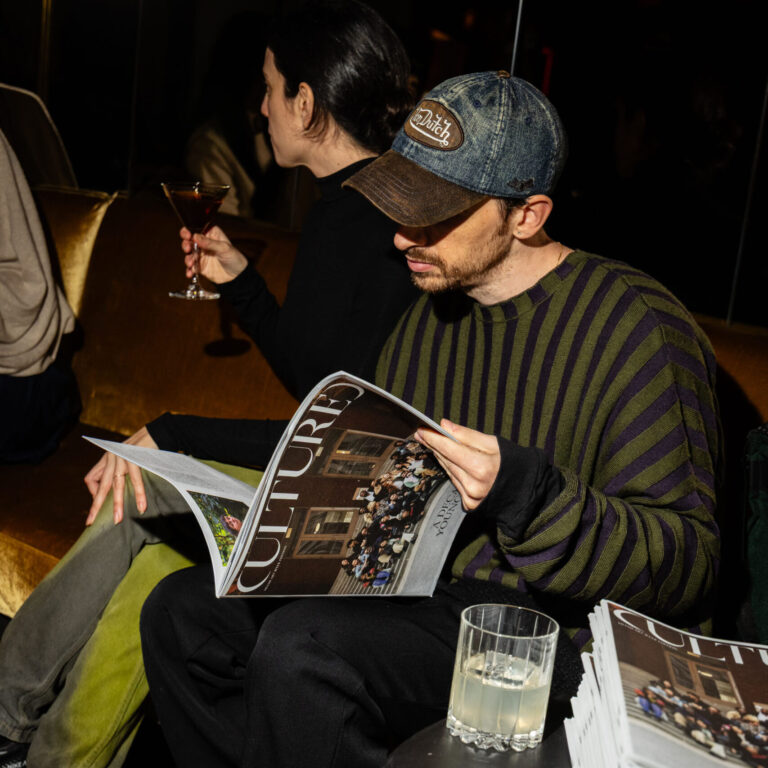

 in your life?
in your life?

